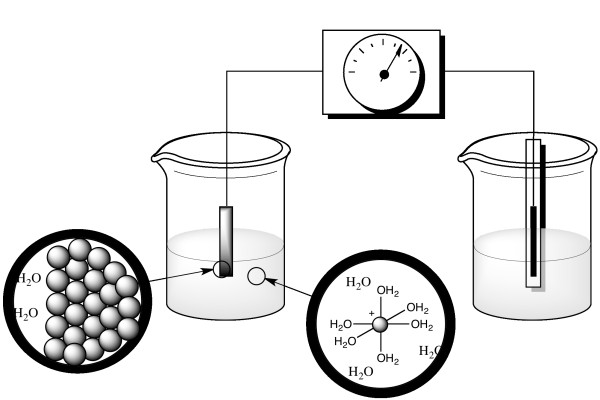Reduction potential, a measure of a chemical species’ tendency to gain electrons and be reduced, is a crucial concept in electrochemistry. While general periodic trends can offer some predictive power, a closer examination reveals a more nuanced relationship. This article explores the connection between reduction potential and periodic trends, highlighting key exceptions and delving into the underlying reasons for these deviations.
General Trends and Notable Exceptions
Broadly speaking, ions of late transition metals, like copper, silver, and gold, exhibit high reduction potentials, indicating they are easily reduced. Conversely, alkali metal ions, such as potassium and cesium, have very negative reduction potentials, making their reduction challenging. This aligns with electronegativity trends: alkali metals are less electronegative, preferring to exist as cations, while late transition metals are comparatively more electronegative, readily attracting electrons.
However, deviations from these general trends are observed within specific groups. For example, in Group 11 (the coinage metals), gold possesses the highest reduction potential, followed by silver, then copper. This contradicts the expected trend where copper, being at the top of the group and thus more electronegative, should have the highest reduction potential.
Beyond Electron Transfer: Factors Influencing Reduction Potential
The discrepancy between expected and observed reduction potentials arises because more than just electron transfer is involved. The measured reduction potential reflects a complex interplay of:
- Ligand Dissociation: Metal ions in aqueous solutions exist as coordination complexes with water molecules acting as ligands. Reduction necessitates the dissociation of these ligands.
- Electron Transfer: The actual gain of electrons by the metal ion.
- Solid Formation: Reduced metal ions deposit onto the electrode, forming a solid metal.
Utilizing Hess’s Law for Deeper Understanding
While direct measurement of the energies associated with each step is challenging, Hess’s Law allows us to utilize available thermodynamic data to gain insights. By considering the heat of vaporization, ionization energy, and enthalpy of hydration, we can construct a hypothetical pathway mimicking the reduction process. Although this pathway doesn’t represent the actual mechanism, it provides a valuable tool for analyzing the overall energy changes.
Table 1: Thermodynamic data for copper, silver and gold.
| element | copper | silver | gold |
|—|—|—|—|
| reduction potential, Eo, V | +0.520 | +0.7996 | +1.83 |
| 1st ionization energy, kJ/mol | 745.5 | 731 | 890 |
| heat of vaporization, kJ/mol | 300 | 250.6 | 324 |
| enthalpy of hydration, kJ/mol | -593 | -473 | -615 |
| covalent radius, Angstroms | 1.32 | 1.45 | 1.36 |
For instance, gold’s exceptionally high reduction potential can be partly attributed to the lanthanide contraction. This phenomenon, caused by the insertion of the lanthanide series in the periodic table, results in a smaller than expected radius for gold and a higher effective nuclear charge, enhancing its electronegativity.
The difference between copper and silver’s reduction potentials can be explained by considering hydration enthalpy. Copper ions, being smaller and “harder” Lewis acids, form stronger bonds with water (a “hard” ligand) leading to a higher hydration enthalpy and consequently, a lower reduction potential compared to silver.
Conclusion: A Multifaceted Relationship
The relationship between reduction potential and periodic trends is complex and influenced by multiple factors beyond simple electronegativity. By considering the energetic contributions of ligand dissociation, electron transfer, and solid formation, alongside phenomena like the lanthanide contraction, we can gain a deeper understanding of the observed reduction potentials and their deviations from general periodic expectations. Analyzing thermodynamic data through Hess’s Law offers a valuable framework for disentangling these intricate factors and achieving a more comprehensive understanding of redox chemistry.

